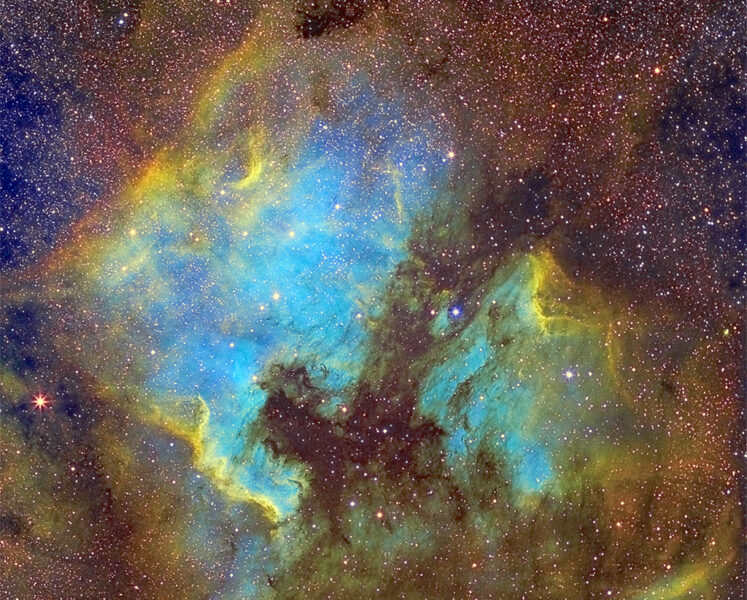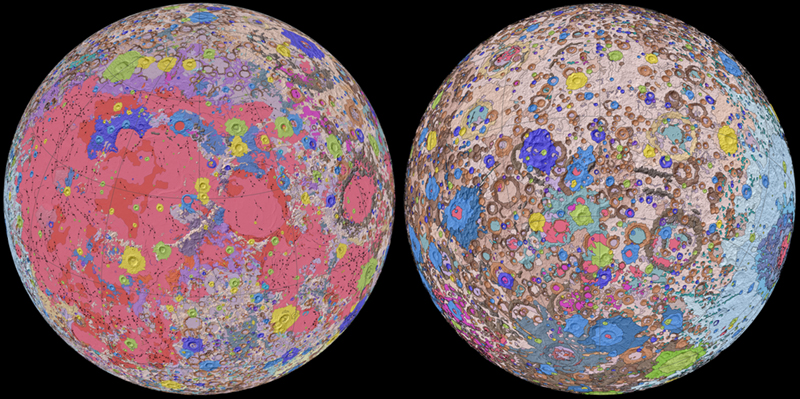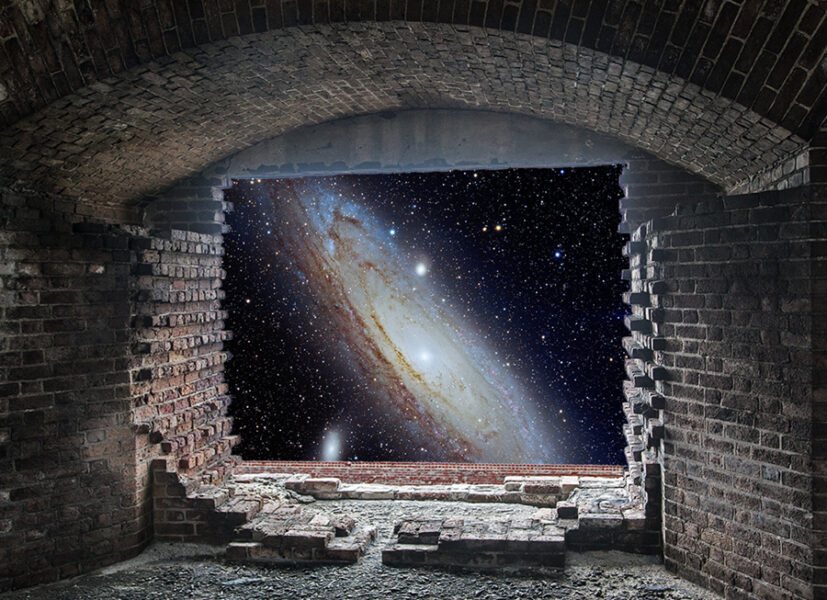The Scientific Value of “Pretty Pictures” – Sky & Telescope
Are you doing science by just looking through a telescope? Many would say yes: You are observing and learning about real phenomena, learning to navigate the night sky, and using equipment that scientists use.
In the early days of astrophotography, the scientific community actually scoffed at those taking images at the telescope, because . . . well, who likes change, right? But that was 150 years ago. The photographic revolution turned the tables to the point where very few professional astronomers use anything but a camera to make their observations today.
Nevertheless, if you’ve traveled in imaging circles, you’ve doubtless encountered individuals on a mission to ensure that you do not squander the awesome power of modern technology by making pretty pictures. I walked out of a meeting once after a planetary imager was quite rude to deep-sky imagers, claiming “they weren’t doing anything to contribute to real science.”
Indeed, when I was getting started in astrophotography, I remember the pressure from my early mentors to engage in this pursuit with all the seriousness it deserved. One of them would use the term “pretty picture people,” stated with all the contempt of someone saying “con-artist.” I still recall how agitated this made me.

Richard S. Wright Jr.
I’ve long since come to terms with this quarrel, and I have my own take on the situation, which I’ll outline below. It’s not unlike the Zen moment when you realize that some people are going to think the world is flat no matter what, and I can’t change their emotional commitment to that idea with additional information.
Advertisement
Everybody’s an Expert
While I’m not a scientist, I’ve been an amateur astronomer since I was a child and I’ve written science software for decades. I’ve always tried to maintain a scientific attitude and worldview, which is to say: I believe that science is not a body of knowledge, but rather a way of determining what’s true and what’s not about the physical world.
Let me tell you something about your pursuits as an amateur astronomer. There are two kinds of scientific data: Quantitative and qualitative. I’ve never met a scientist who didn’t know the difference, nor understand that both kinds of data have value. I’ve also met a few amateur astronomers who don’t. They tend to be the ones brow-beating that amateur “science” isn’t meeting their own amateur standards.

Courtesy of the USGS
To simplify, quantitative data is measured data. Counting the stars in an image and stating “there are 4,328 stars in this image” is a good example of quantitative data. “This is a spiral galaxy,” is an example of qualitative data. It’s a type of galaxy that we recognize and have categorized. While the statement is more subjective, it’s still true because that is our convention.
“This is an unusual looking galaxy” would be an important qualitative observation, one that challenges our previous categorization schemes. Such a statement can cause scientific upheaval as much as anything unexpected in the quantitative realm.
The one and only rule about gathering qualitative data is that you can’t fake the data. In other words, don’t clone in stars to fill up an empty area, don’t selectively rotate a galaxy but not its surrounding star field, and don’t combine two nebula to make a more creative image.
However, if you assign different colors to particular wavelengths recorded in an image, or apply a non-linear stretch, that’s not faking data. Nor is applying noise-reduction or sharpening. In the world of science, data processing is done all the time to uncover subtleties that wouldn’t be apparent otherwise.

Richard S. Wright Jr.
If you’ve followed this simple philosophy and someone claims your image has no scientific value, well that’s baloney. What they really mean is it has no scientific value that is of interest to them. It’s an arrogant thing to say. If it’s of no interest to you, then does that mean it’s not important to anyone? Are you going to let someone like that ruin your day or discourage you from continuing your hobby? I hope not.
Not Just a Pretty Picture
Let’s do a thought experiment. Let’s say you take some images of your favorite galaxy. You calibrate it, processes it, do all kinds of noise reduction and non-linear stretches galore. What a pretty picture of a galaxy! You post it on social media for your…
Read More: The Scientific Value of “Pretty Pictures” – Sky & Telescope

